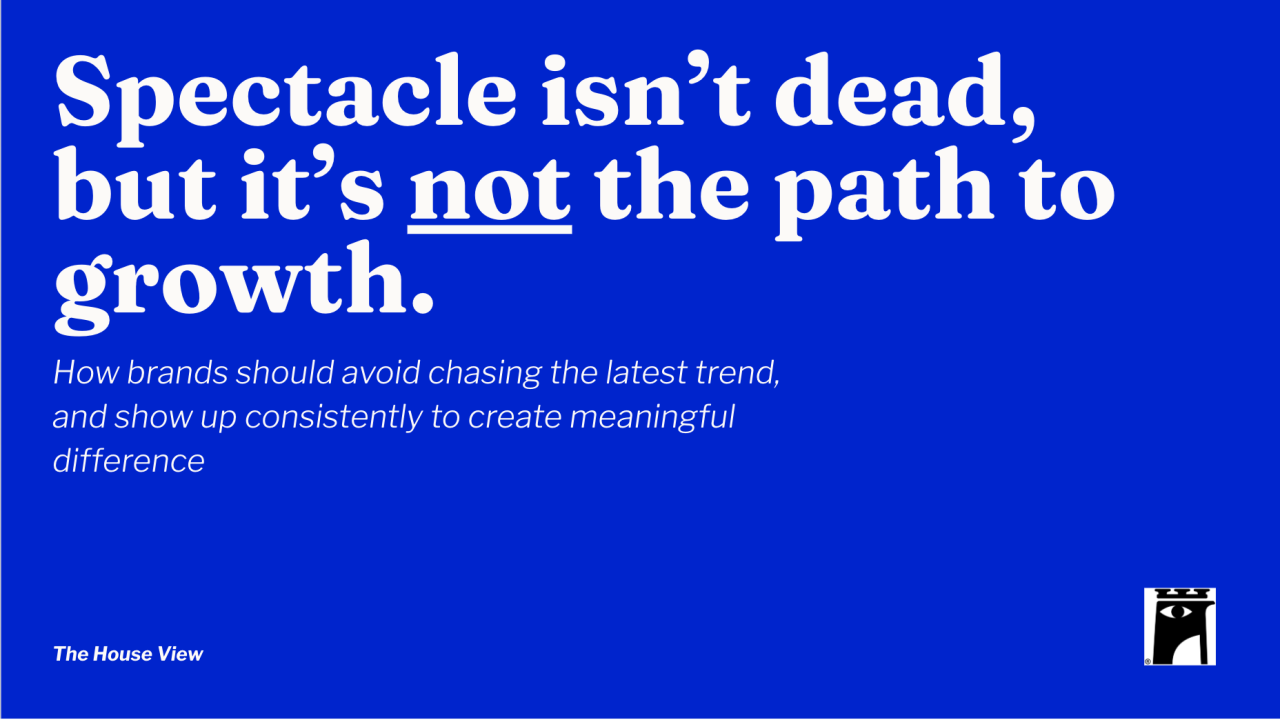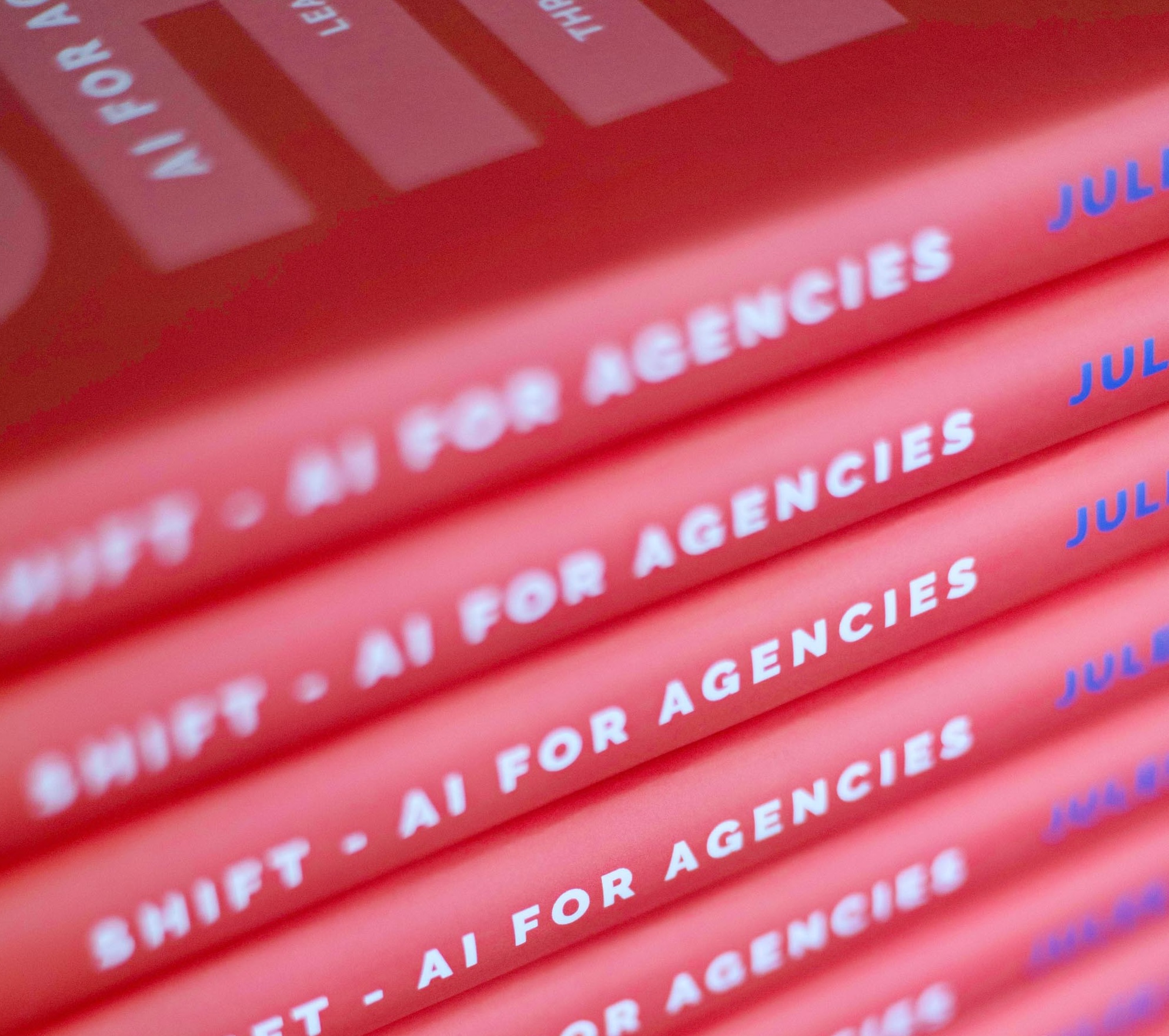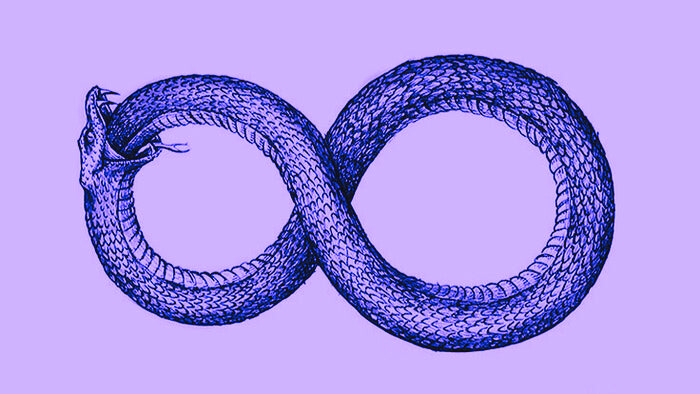Spectacle used to mean something. It was rare, expensive, and genuinely powerful – the kind of moment that earned attention because it took effort, risk, and real-world presence. Think Olympic ceremonies, headline-grabbing stunts, or immersive brand worlds that people could actually step into.
Now, spectacle is everywhere – or at least, a version of it. Thanks to AI and CGI, brands can stage hyperreal illusions at speed: a UFO over New York, a celebrity deepfaked into a product launch, a building warped into a melting sculpture. All without ever leaving the studio.
But the more accessible spectacle becomes, the less impact it has. Because when everything looks like a big moment, nothing really feels like one. The bar for visual drama has dropped, and with it, the emotional payoff. The audience might pause for half a second. But there’s no memory, no deeper connection – just the fleeting sense that something eye-catching has happened, somewhere, to someone.
And there’s another problem: believability. What’s the point of spectacle when you no longer trust your own eyes? Why spend mega millions sending a man to the edge of space when, for the audience, it might just as easily be the outcome of 10 minutes of prompting? When reality and illusion are indistinguishable, the spectacle itself starts to feel hollow.
And while marketing budgets are cautiously returning, it’s not enough to craft spectacle in a meaningful way. Unless you’re a headline sponsor with a Super Bowl–sized wallet, trying to go big often means blowing your budget on the moment itself, without the substance to back it up.
This is where we see smart brands shifting gears, particularly in sectors like tech and FMCG.
- In tech, where every launch risks being drowned out by AI-generated hype, the brands that cut through are the ones grounding innovation in experiences people can touch and test – pop-up labs, live demos, and communities built around usage, not just spectacle.
- In FMCG, where competition is relentless, it’s not the CGI billboard that drives loyalty, but activations at the point of sale, sampling in the right cultural spaces, or experiences that connect the product with a lived moment.
In both cases, it’s less about the “wow” and more about the “I was there.” Less about momentary reach, more about building meaningful traction over time.
And it’s a shift that plays to the strengths of independent agencies. We’ve always been built for this – not to outgun, but to outthink. Not to simply make noise, but to make real impact. Agile, intentional, and dialled into culture without needing to rent a blimp or break the internet to do it.
This doesn’t mean spectacle has no place. But in a world where it’s easy to fake, its value is fading. What’s rising in its place is something far more interesting: long-term brand building rooted in connection. Hype that unfolds across time and touchpoints. Not a single campaign, but a strategy that rewards consistency, relevance, and care.
Because in the end, the brands that grow won’t be the ones who tried to look the biggest. They’ll be the ones who showed up – meaningfully, repeatedly, and for real.


.png)


.png)
.jpg)

